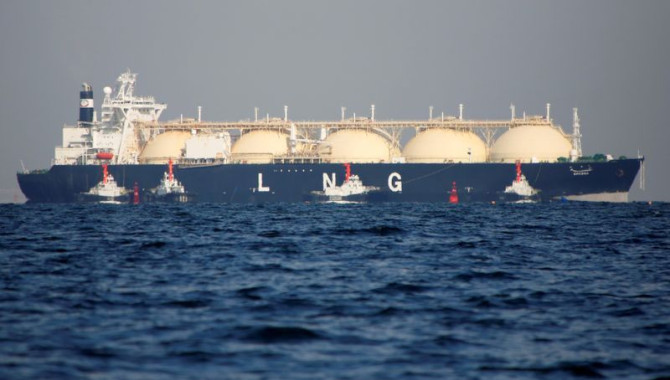
China’s recent waiving of tariffs on US LNG and the impending arrival of cargoes from the country to Chinese shores has sparked cautious optimism of a gradual demand recovery from the world’s second-largest LNG importer as coronavirus lockdown restrictions ease.
A couple of vessels that loaded from the US are currently heading towards China after Chinese companies were granted tariff exemptions removing 25% taxes from imported US LNG cargoes, according to industry sources. These vessels would be the first to be delivered to China from the US since March 2019.
The much-anticipated arrival of US LNG imports comes as most businesses in China resume commercial operations and employees return to work this week, raising expectations of an uplift in downstream gas demand.
A 76-day lockdown in Wuhan, where COVID-19 first emerged late last year, was lifted on Wednesday.
China’s natural gas demand is expected to reach around 80-90% of normal levels as industrial and commercial activities pick up in the country, Chinese end-users said.
One was even more optimistic, saying, “Gas demand in China is back to normal and might be even higher than early this year.”
LNG trucks sales in the Tianjin region hit 518 trucks/day from the CNOOC Tianjin terminal on April 1, compared to 110 trucks/day in early-February, a source with knowledge of the matter said. “Typically during the peak season we see roughly 500 trucks/day… from that terminal,” the source added.
As a result, sellers were pinning hopes on Chinese buyers to absorb excess supply resulting from cancellations and the exercise of downward quantity tolerance clauses by Japanese end-users.
Several second-tier end-users and Chinese NOCs were observed buying spot cargoes over the past few weeks.
Beijing Gas was previously awarded a Sakhalin tender for May 17 loading at $2.60/MMBtu. Guangzhou Gas, Guangdong Energy (Yudean) and Shandong Zhongnuo also issued a couple of tenders seeking a total of 12 cargoes over April-May and H2 2020.
ENN and a few of the Chinese NOCs also purchased cargoes from Qatargas when the producer offered more than 10 cargoes in the spot market after Indian term buyers declared force majeure on their term purchases, sources said.
But market participants expressed concerns about whether this level of buying activity could sustain since demand could take a hit due to a reduction in export orders from Western countries.
“Most factories have resumed operations though some of their operating rates have not fully recovered due to shrinking demand from their downstream buyers,” said a source in east China.
“Foreign buyers have canceled their orders due to the COVID-19 pandemic, which is believed to have affected the operating rates and demand from their domestic counterparties,” another source explained.
FIRST US IMPORTS IN OVER A YEAR EXPECTED
China said on February 18 it would start accepting applications for tariff exemptions on 696 US-origin goods, including crude oil, LNG and refined products, from March 2, in a move that will allow it to meet purchase targets under the recent US-China trade deal, as reported previously by S&P Global Platts.
Market sources said that these exemptions would be awarded on a transaction basis and companies would need to provide details for each cargo to be imported.
Sources at Guanghui and ENN confirmed they had obtained US tariff exemptions shortly after submitting their applications. The Chinese NOCs were also heard to have obtained these exemptions recently, market sources reported.
According to Platts vessel tracking data and sources close to the matter, Cool Explorer, which loaded from Cheniere’s Sabine Pass export terminal on March 26, is set to discharge at Sinopec’s Tianjin terminal on April 22-23.
Palu LNG, which loaded from Cheniere’s Corpus Christi export terminal on March 25, is set to discharge at CNOOC’s Tianjin FSRU on April 22-23 as well.
The other vessels are Hoegh Giant and Maran Gas Hydra, which loaded from the Sabine Pass export terminal in late-March and will arrive in China in late-April to early-May.
PetroChina, CNOOC and Sinopec could not be reached for a comment.
TARIFF WAIVERS MIGHT NOT INDUCE MORE US IMPORTS
Going forward, it is unclear whether the exemptions will draw more imports from US LNG projects.
“There are a lot of other options out there, if we consider the cost and other logistical issues it might not be suitable to buy a cargo from US at the moment,” one Chinese end-user said.
The May Japan-Korea marker (JKM)/MED spread against the USGC to North Asia/South West Europe plunged into the negative territory in the past week after the Platts JKM fell to an all-time low at $2.263/MMBtu last Wednesday amid news of cargo deferments and cancellations in Asia, Platts data showed.
“The tax waiver might change flow direction, but itself doesn’t create demand,” another Chinese end-user said.
In the long run, the market is keeping an eye on possible revivals of term contract negotiations between US and China. For example, Sinopec and Cheniere pressed pause on their negotiations of a 20-year term contract after trade tensions arose between Beijing and Washington.
Such term contracts would be crucial in helping Beijing meet the hefty target that was set for US energy purchases in the Phase 1 trade agreement signed by the two countries in mid-January.
Source:Platts
The opinions expressed herein are the author's and not necessarily those of The Xinde Marine News.
Please Contact Us at:
media@xindemarine.com


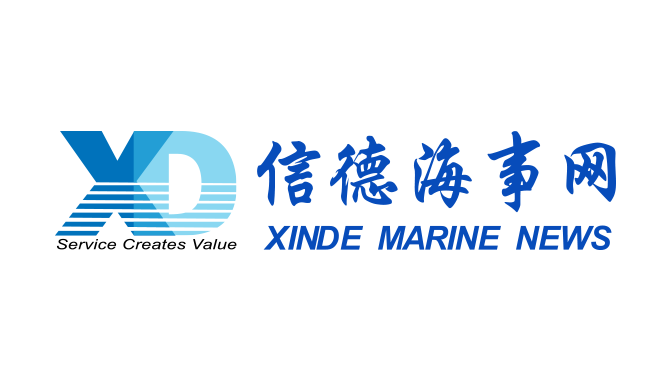 WOODSIDE AND CHINA RESOURCES AGREE LONG-TERM LNG SU
WOODSIDE AND CHINA RESOURCES AGREE LONG-TERM LNG SU 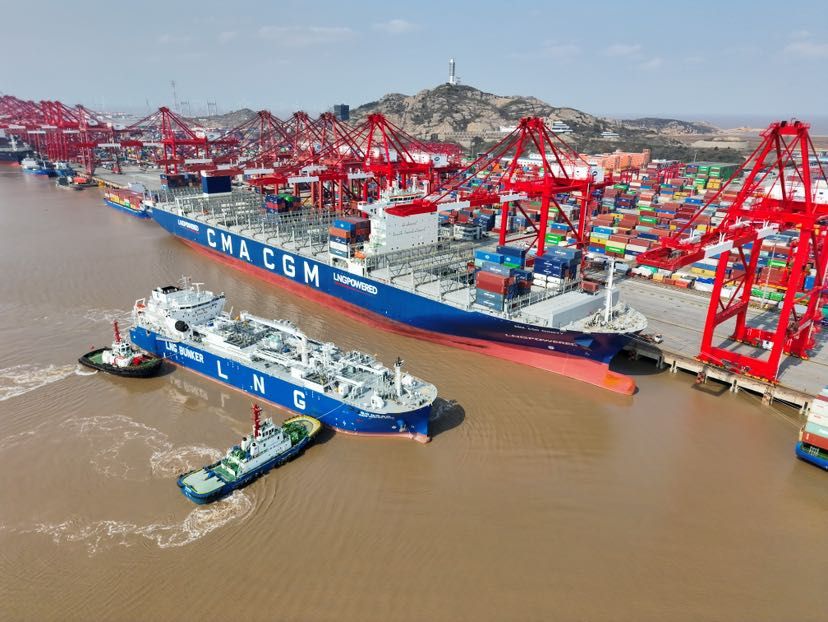 Shanghai Yangshan Port Bunkered Two LNG Powered Con
Shanghai Yangshan Port Bunkered Two LNG Powered Con 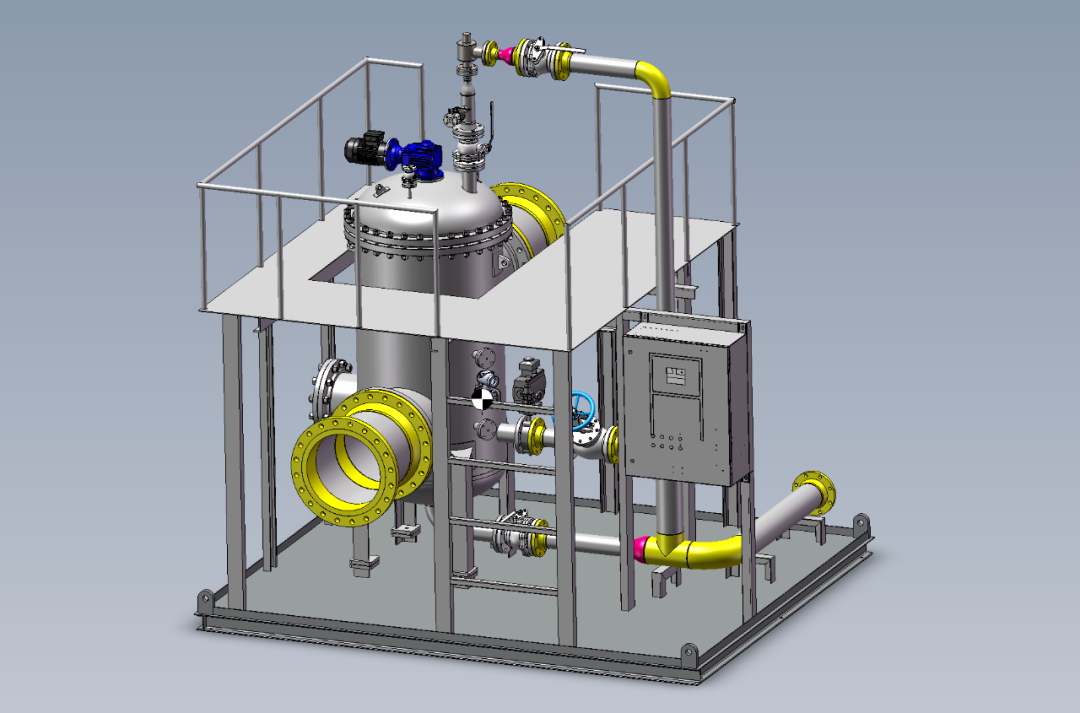 Headway successfully delivers filtration skid solut
Headway successfully delivers filtration skid solut  Celebrating the Launch of “Green Energy Pearl” –
Celebrating the Launch of “Green Energy Pearl” – 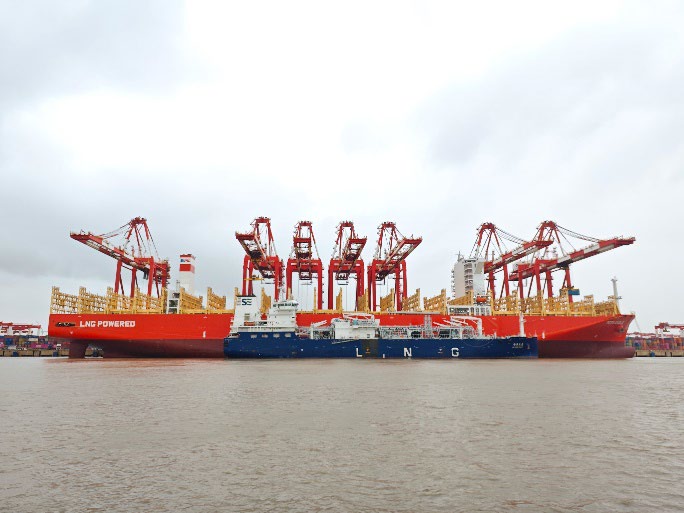 PIL and SSES complete the inaugural LNG bunkering o
PIL and SSES complete the inaugural LNG bunkering o  BW LNG secures e-procurement deal with Procureship
BW LNG secures e-procurement deal with Procureship